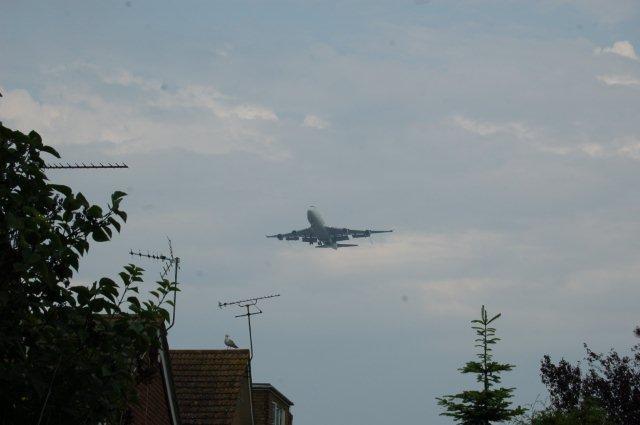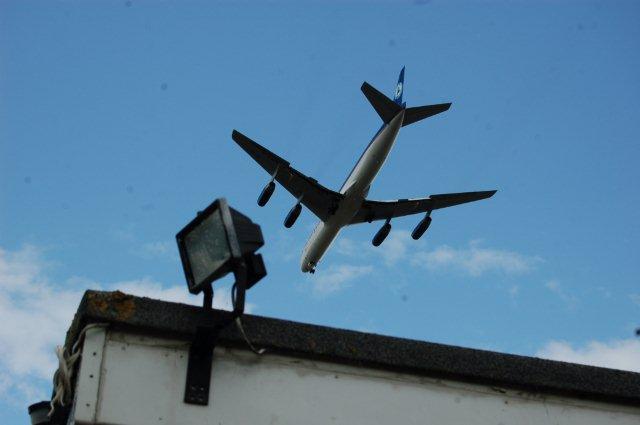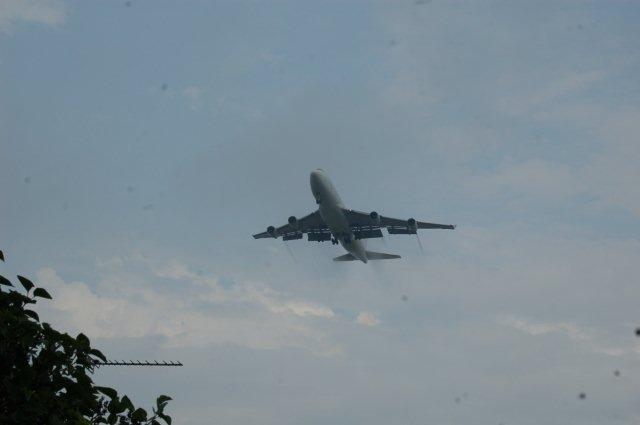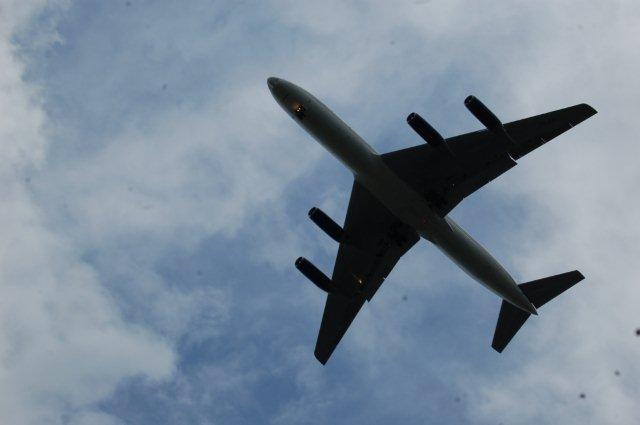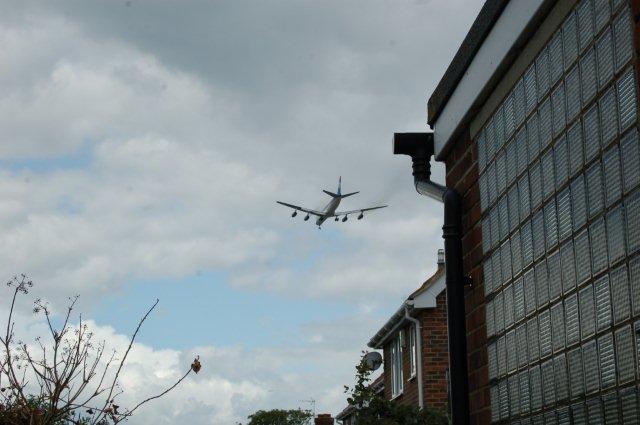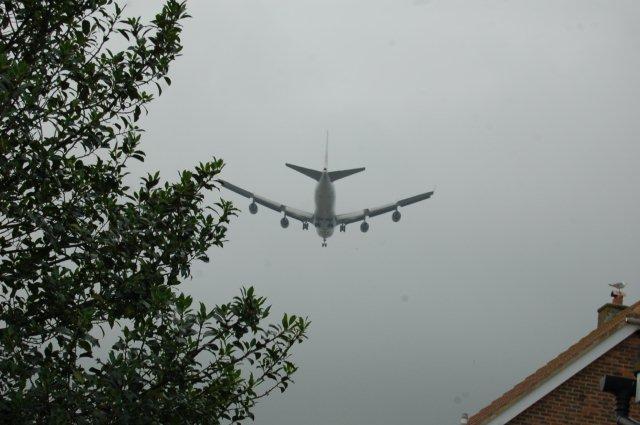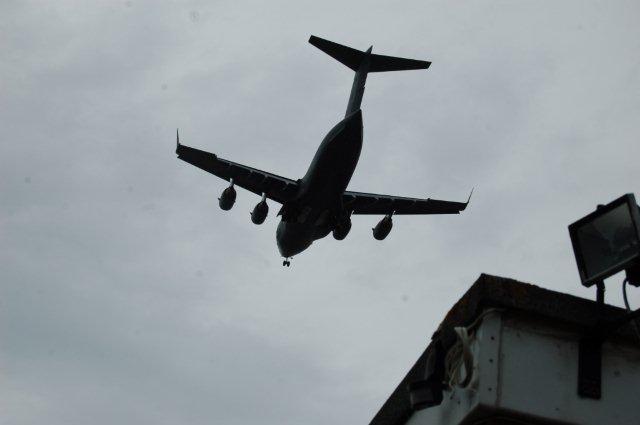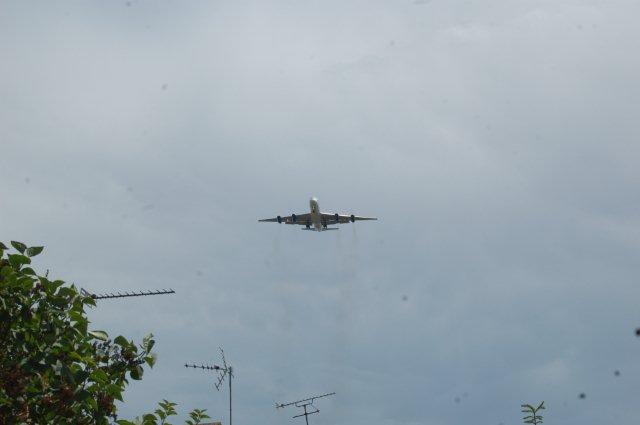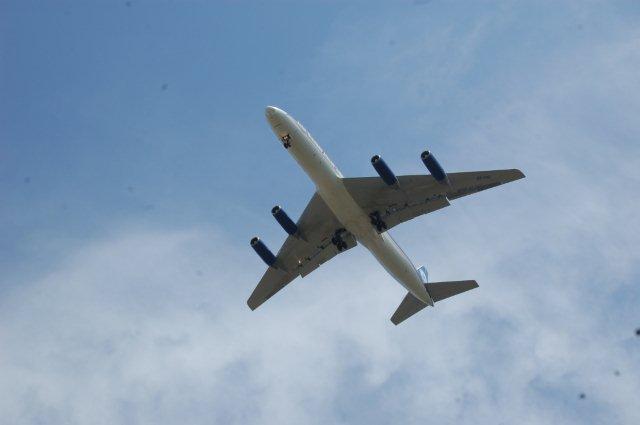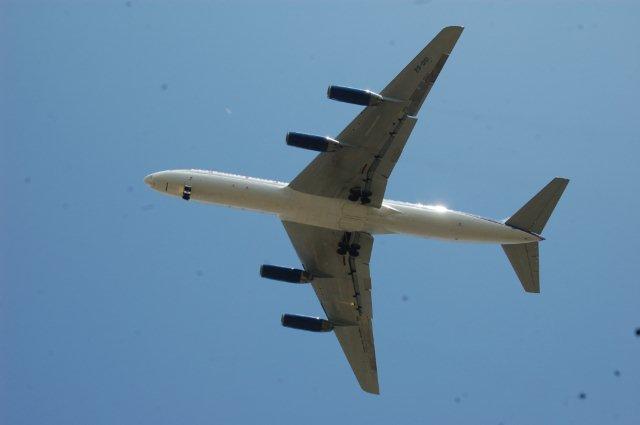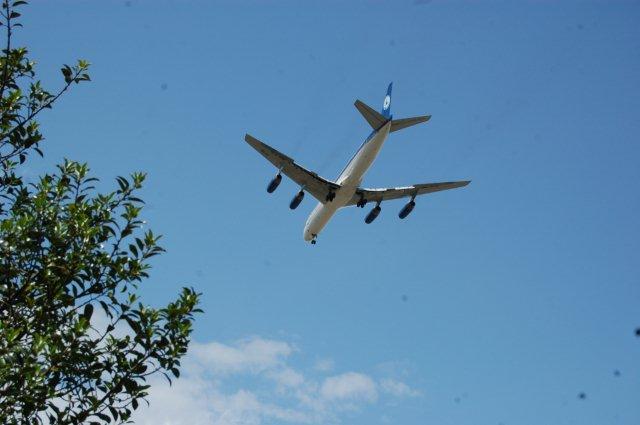A
consortium led by an Australasian investment manager has emerged as an
early rival to Manchester Airports Group in the £1bn battle for
Stansted airport.
Morrison & Co, which operates out of New Zealand, Australia and
Hong Kong, is heading a bid team that also includes the New Zealand
Superannuation Fund and Infratil, a Wellington-based infrastructure investor.
Stansted was finally put on the block last month after a three-year
legal fight by owner, BAA, which tried unsuccessfully to halt the forced
sale of the airport demanded by the Competition Commission. BAA’s
controlling shareholder, Ferrovial, is thought to have issued
non-disclosure agreements last week to interested bidders, effectively
kick-starting the process. The sale is being handled by Deutsche Bank
and ING.
The interest of Infratil in Stansted has surprised some industry
observers because it is currently trying to sell its two smaller British
airports Glasgow Prestwick and Manston in Kent after a difficult foray
into the UK aviation market. Infratil, which runs about £2.5bn of
assets, has twice written down the airports in the past two years, with
their carrying value almost halving from £70m to £36m today. The two
airports lost around £6m last year.
Even so, Infratil is an experienced airport operator, with its
interests including a 66pc stake in New Zealand’s Wellington Airport.
Infratil’s operations at Prestwick have also enabled the company to
develop a relationship with Ryanair the low-fare airline responsible for
almost 70pc of Stansted’s traffic. The Morrison consortium is believed
to have held early talks with Ryanair. The NZSF, which has more than
£9bn assets, devotes about 9pc of the fund to infrastructure investment,
spanning airports, transport, energy and oil.
The Morrison consortium faces early competition from the
council-owned Manchester Airports Group, which is building up its
firepower via a potential deal with Australia’s Industry Funds
Management. The giant antipodean infrastructure investor, which has
around £21bn under management, has agreed to inject about £1bn for a
35pc stake in the Manchester airport company on the condition it wins
the bid for Stansted.
The Stansted auction, which may also attract interest from JP Morgan,
Citi Infrastructure Partners and Morgan Stanley Infrastructure
Partners, is complicated by the Government’s review of airport capacity
in the south east, led by former Financial Services Authority chairman
Sir Howard Davies. While there will be no decision on where to build a
new runway before 2015, the recommendations of the Davies Commission
could have a major impact on Stansted’s value.
Michael O’Leary, the Ryanair chief executive, can also influence how
much BAA gets for Stansted. He has already expressed interest in taking
a minority stake in any new owner of the airport as long as it agrees
to lower both landing charges and the cost of building new facilities.
Mr O’Leary has also attempted to drive down the price by declaring that
any bid based on the airport’s £1.3bn regulated asset base the
regulator’s proxy for its value is “artificial” and based on “Noddy
land” economics.
telegraph.co.uk 22nd Sep 2012
 No Night Flights home page
No Night Flights home page










